G. Han and co-workers have reported real-time recording of tuned upconversion nanoparticles mediating rapid photoactivation down to just a few cells.
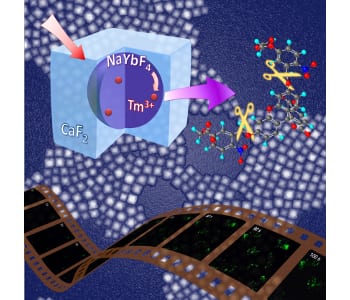

G. Han and co-workers have reported real-time recording of tuned upconversion nanoparticles mediating rapid photoactivation down to just a few cells.

Markku Leskelä, of the Department of Chemistry, University of Helsinki, Finland provides another review for Nanotechnology for the Energy Challenge.
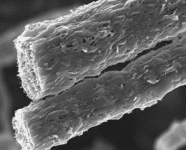
Mass production of polymer-nanotube composite fibers using FibeRio forcespinning technology for cheap and strong carbon fibers.
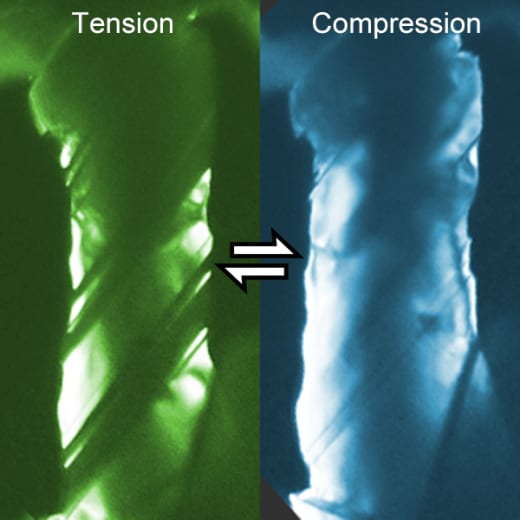
In situ studies of deformation in metal nanowires have yielded interesting new deformation mechanisms.
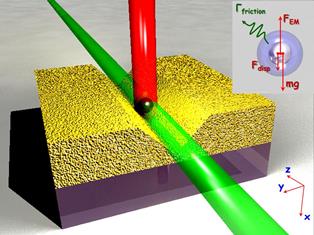
A new approach to control light with light without the need for optical nonlinearity has been suggested by a Russian-British research group.
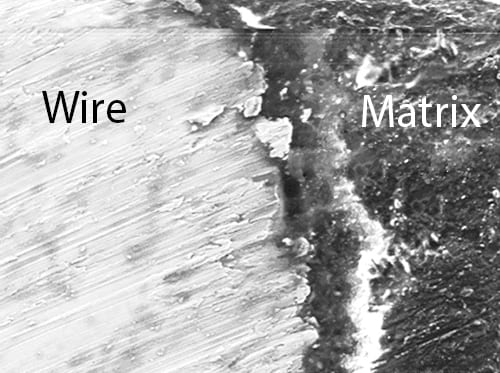
Brazilian researchers developed and characterized active nano-composites with embedded shape memory alloy wires.
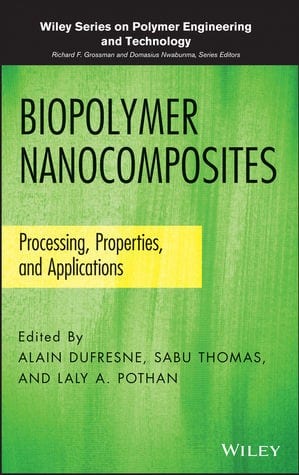
Marisa Masumi Beppu, University of Campinas SP, Brazil reviews Biopolymer Nanocomposites: Processing, Properties, and Application.
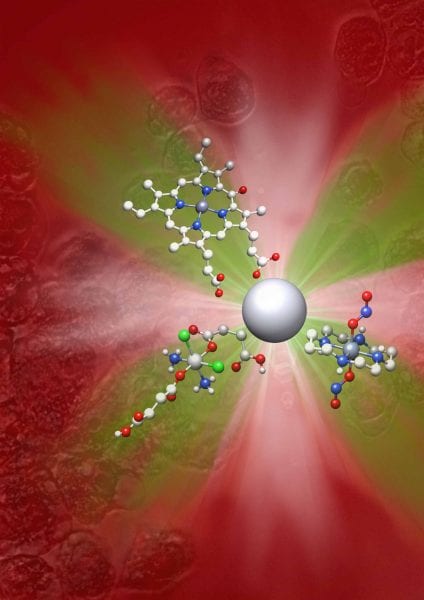
Luis Liz Marzán of CIC biomaGUNE presents the latest on materials science in the Basque Country in Particle & Particle Systems Characterization.
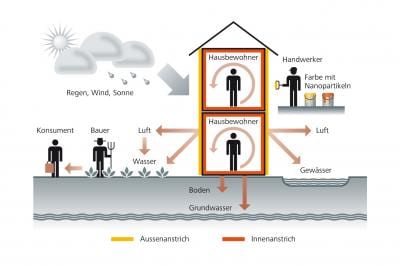
EU research project NanoHouse ends – suggests nanoparticles in the paint used on building façades do not represent a particular health risk.
Protein-based photoelectrochemical cell produces a direct current under continuous light but a novel alternating current under discontinuous illumination.